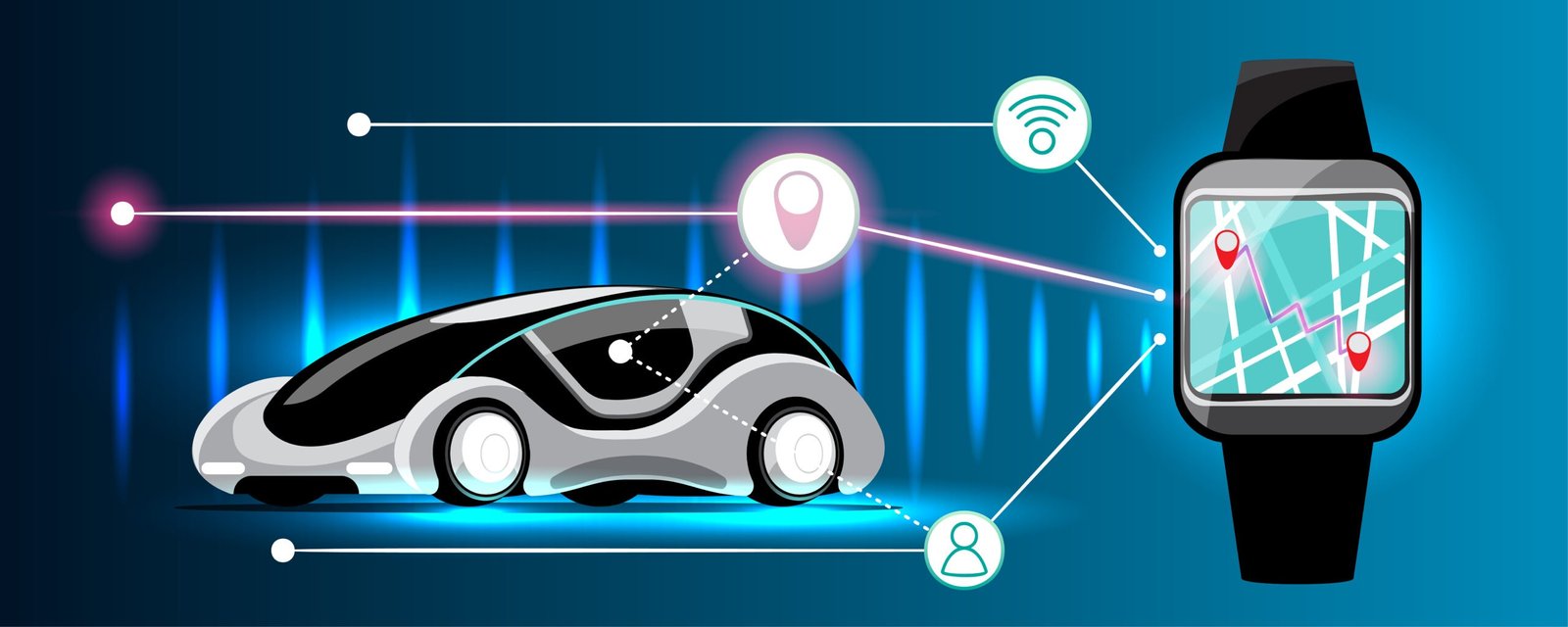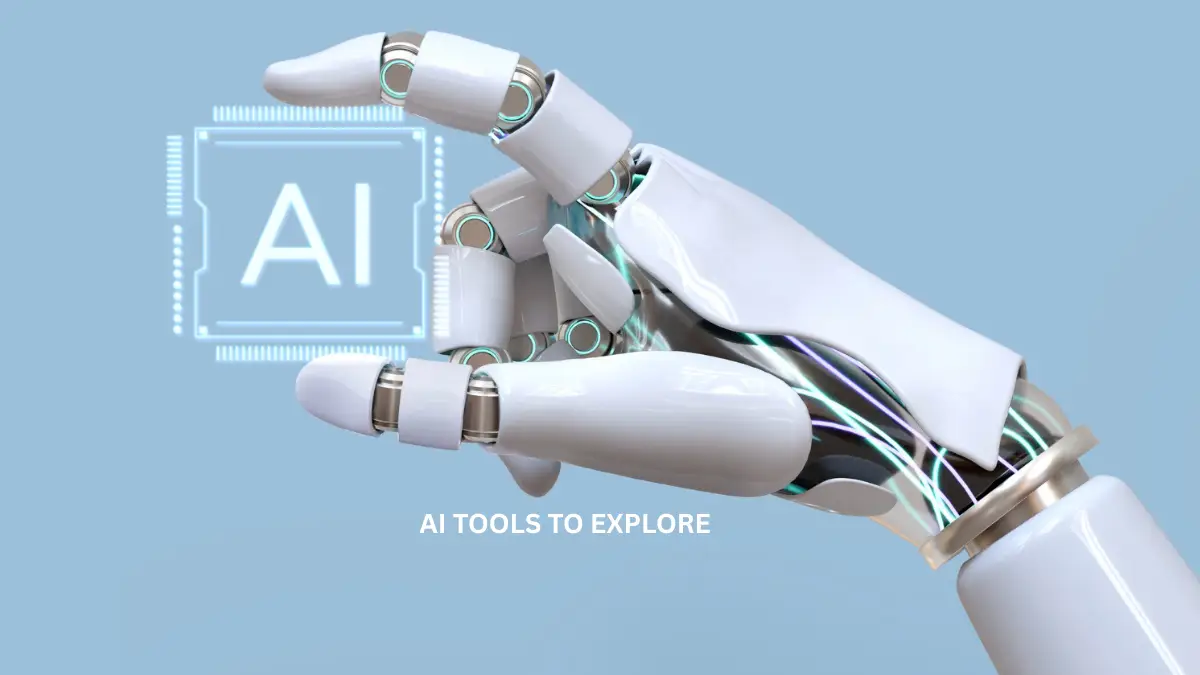How Will The Internet Of Things Impact The Electric Vehicle Industry?

Various definitions are used in the literature to define the Internet of Things (IoT). The Institute of Electrical and Electronics Engineers defines the IoT as a complex, self-adaptive network system that connects uniquely identifiable objects that provide services, with or without human intervention. IoT has recently gained traction in almost all fields, but it is especially important in the EV industry.
With increasing environmental concerns and the depletion of fossil fuels, the world is exploring ways to increase fuel efficiency, reliability and efficiency while completely replacing internal combustion engines (ICEs) with electric vehicles (EVs). At the technological level, there have been significant advances in basic research on battery materials, power circuits and control methods for electric machines. However, much is still to be done to commercialize electric vehicles, especially in most underdeveloped countries successfully. A problem arises when considering the mileage and charging time of electric vehicles. Electric vehicles (EVs) charge much more slowly than conventional internal combustion engines (ICEs); their range is always much less. Therefore, scientists are working on using IoT to solve these problems. Read on to learn more about how the IoT will significantly impact the EV industry.
Table of Contents
IoT Integrated Acceleration Regenerative Braking System
IoT systems are composed of digital and physical components distributed over networks but are only sometimes connected to the same devices and Internet objects. IoT uses smart physical objects, primarily electrical objects, that can be networked and exchange data thanks to embedded software, sensors and other technologies. At the 2022 International Conference on Advances in Computing, Communications and Applied Informatics, P. Veitivjen’s team used IoT technology to integrate data from power generation devices, storage and supercapacitors to improve the efficiency of regenerative braking. The results showed that the vehicle’s range could be increased by up to 25%. However, this was only a prototype, and further optimization of material selection could lead to a wider scope.
Unlike conventional regenerative braking, this system generates electricity as soon as the vehicle starts moving again. Supercapacitors temporarily store the electrical charge generated by the generator motor. The required charge is then supplied to the PSS (transmission circuit) module and amplified before being sent to the battery monitoring circuit (BMS), which ultimately reaches the battery.
Battery Management System (BMS)
Electric mobility is leading the IoT megatrend, transforming transport with battery-powered, zero-emission vehicles and autonomous mobility into the network. An electric vehicle (EV) has a battery that needs to be charged and supplies electricity to an electric motor. Electric motors (batteries, inverters and traction motors), controllers, onboard chargers and charging ports are the main electrical components of an electric vehicle (EV).
The BMS is battery protection and monitoring. The protection process ensures the system is safe when observed values exceed or fall below a safe operating range. Monitoring functions include measurements of battery current, voltage, and temperature. The latest and most advanced BMS includes health assessment, temperature management, cell monitoring, balancing, battery safety, and protection functions.
- Monitoring: Collecting each system cell’s current, voltage and temperature is part of this function.
- Balancing: Mismatches between material quality and capacity during operation can cause cell capacity imbalances. Cell balancing is meant to redistribute energy and keep all cells at a constant SOC level.
- Safety: The main function of a BMS is to protect the battery from being used in dangerous situations that can harm both the battery and the user. Depending on the battery chemistry, sometimes dangerous situations can occur. BMS plays an important role in fault diagnosis to ensure safe operation.
Self-Driving Car
Many manufacturers use Autopilot, one of the hottest IoT applications. Nissan, Tesla, Audi and BMW are just a few examples. These vehicles continuously collect data to enable continuous system improvement and business intelligence. In the past, OEMs such as Mobileye, Delphi and Bosch have sold these components and technologies to automakers. However, Tesla has been busy with its research and development since then.
Autonomous Tractor
With the development of IoT, electric vehicles are no longer limited to cars. Electric motors are more efficient and reliable, weigh less and provide significant torque at low speeds. By developing electric and autonomous tractors that use electrification, automation and artificial intelligence, John Deere hopes to transform the agricultural industry.
Speed Control For Industrial EVs
PL Arun kumar (HOD of the Department of Electrical Engineering, Annamalai University, Tamilnadu, India) and his team investigated the effectiveness of the speed control algorithm of the battery-powered off-road industrial electric vehicle with respect to proper operating parameters. The intelligent IoT-based microcontroller tracks vehicle parameters and makes a priority combinatorial decision. The results provide information on the numerous test cases and support that the algorithm automatically reduces the vehicle speed to the recommended level with a deviation of 7% and an accuracy of 93%, ensuring safe vehicle operation and longer battery life.
Conclusion
For a month in Nanjing, China, Weihua Wu and his colleagues used 5G technology to collect real-time data on traffic, road conditions, battery usage and electric vehicle usage. The location of charging stations can also be selected based on this data.
Overall, this article should give an overview of how the IoT is widely used in the electric vehicle sector, from navigation to car monitoring systems, and how it can further develop this sector in the future. Through efficient battery usage, range extension, and more.
So, IoT technology is one such revolutionary technology that can transform the world. Applying the right IoT services will give you great success in the coming years and the future.
Read more:







